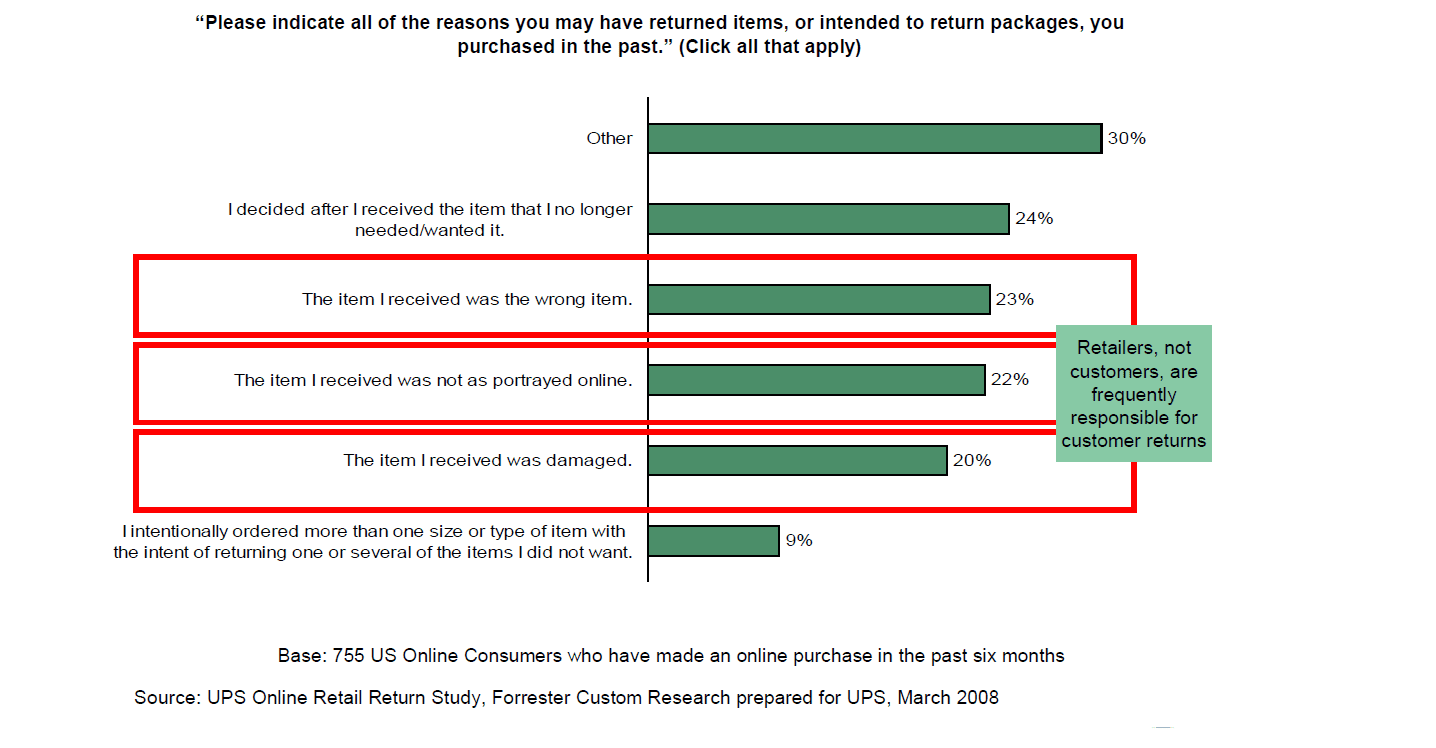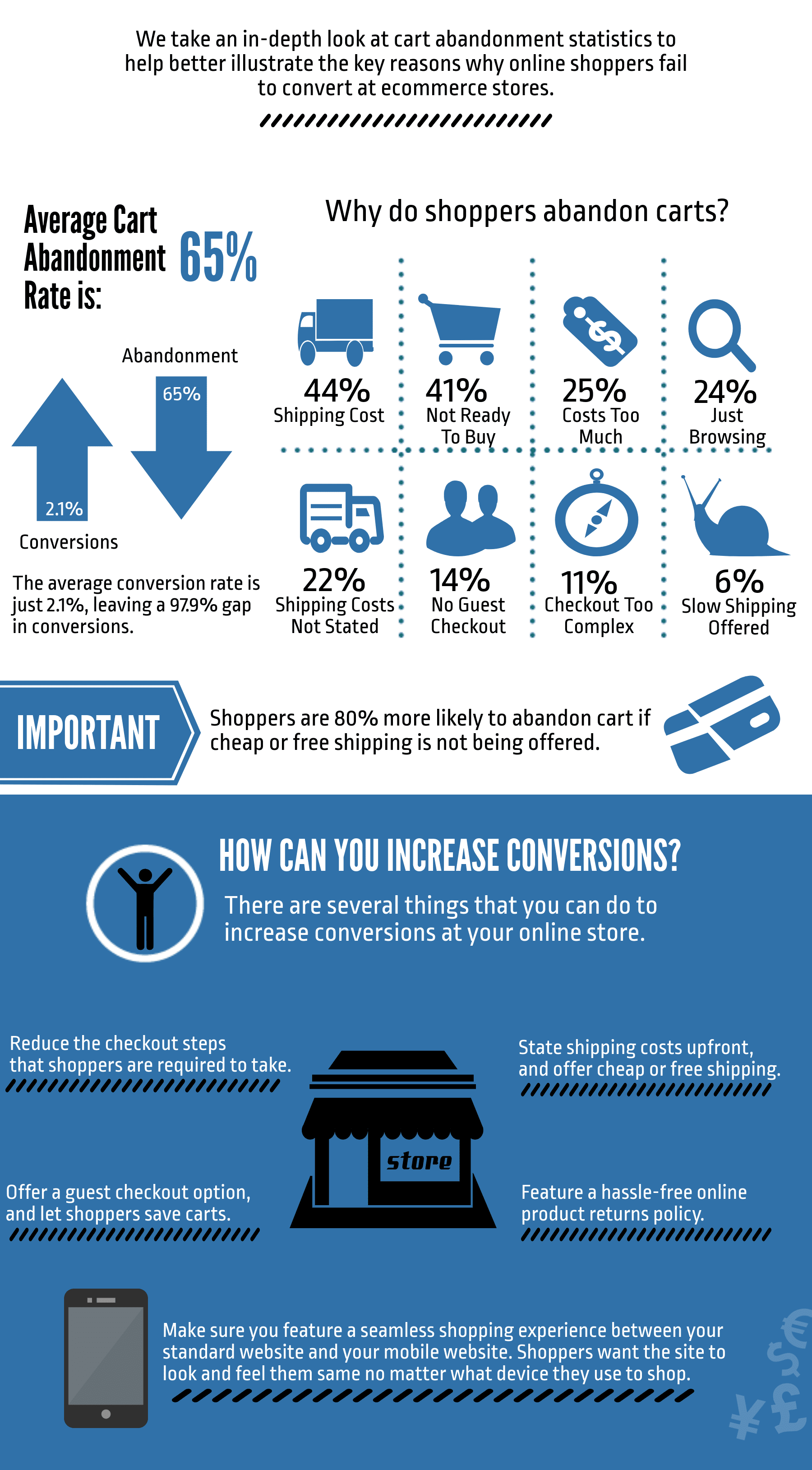Why You Want Competitors to Hate Your Shipping & Return Policy

The first is to offer a great product. Beyond that, though, the most beneficial move you can make is to improve your customer experience, specifically where it relates to your ecommerce returns process.
If you’re going to make it in the world of online commerce, you need to take proactive steps to streamline the ways your customers interact with your business. And today, this means offering hassle-free returns that your customers will love, and your competition will hate.
Here’s what you need to know about why this matters and how to make it work.
The State of Modern Shipping
As online shopping rates spike, shipping and returns become more critical than they’ve ever been. Customers want to work with companies that offer simple and streamlined returns, not companies that make them jump through flaming hoops to get a product back on a shelf. With that in mind, here are a few shipping and returns statistics you need to know.
- 63% of customers read your return policy before they buy from you. This means that a stringent or sub-par returns policy could easily sink your sale and harm your chances of making another one in the future.
- 81% of customers crave a convenient returns policy with no shipping costs. This enhances their confidence in your company and boosts the likelihood that they’ll buy from you again down the road.
- Roughly one-third of all products purchased online are returned. Online returns are very common, and it’s wise to prepare for them. Having a free shipping policy in place ensures consumers they won’t be punished for needing to return an item that doesn’t quite work for them.
- Offering free returns can increase your sales volume. In some cases, free returns can boost sales by as much as 357%.
- 81% of customers are unlikely to make future purchases if you charge return shipping. There’s no way around it. Today’s customers don’t want to pay return shipping, and they’ll go shop with someone else if you make them do it.
- Free returns can boost customer loyalty by as much as 75%. Take Zappos as an example. Even though the company charges more for their products, they offer free returns and earn customer loyalty accordingly.
Why Customers Return Products
Before you can offer a fantastic shipping policy, you need to understand how and why customers return products. Here are the top findings from a recent Forrester study:
- 23% of returns are because the retailer shipped the wrong item
- 22% of returns are due to a misrepresented product
- 20% of returns are due to damaged products shipped to consumers
Here’s a graph that details those findings more closely:

5 Ways to Outdo Your Competition
Now that you know why a great shipping and returns policy is so important, let’s talk about how to create one that works for you and your customers, and makes your competitors jealous. Here are a few actionable tips to start following right now:
1. Communicate The Details
Remember how many customers read your return policy before they purchase from you? They’re paying attention, and they crave detail. With this in mind, be sure to provide it for them in the form of a well-written returns policy.
This policy should be clear, easy to read, well-defined, and geared toward educating and uplifting the customer. You should explain what customers can return, when they can return their items, how long the return window remains open, and the details of any shipping or restocking charges you intend to charge.
2. Make it Convenient
Today’s customers love convenience, and this should extend to your shipping and returns policy. They shop online because it’s easy, and they expect it to be equally easy to return products to your store.
With this in mind, offer simple online returns and included return labels in your boxes. If you’re not going to preprint labels, provide an easy way for your shoppers to do it. Don’t forget: Forrester reports that a whopping 47% of customers want an easy way to print shipping return labels. If you don’t give these to them, you can bet your competition will.
3. Offer Free Returns
If there’s any way you can swing it, offer free returns for your customers. More than 80% of all customers want free return shipping and no restocking fees, and providing these things has the potential to boost your sales and your customer loyalty.
What’s more, it’s one of the best ways to stay abreast of your competition. If they’re all offering free return shipping and you’re not, you stand a good chance of getting lost in the fray.
4. Offer 30-Day Return Window
Be lenient and flexible with your returns. If your current return policy is a bit stringent, help your customers out by opening it up a bit.
As a general rule, you should offer at least 30-45 days of return window, with no return shipping and no restocking fees.
These simple changes give customers the confidence they need to purchase from your store and help build the loyalty that will ensure long-term purchases from said customers.
5. Be Kind
One of the worst things you can do is treat your customers like they’re doing something wrong when they make a return.
Remember: most returns are the retailer’s fault (broken or incorrect products and the like), and it pays to treat your customers like people when they come to you with a return.
Make returns easy and then re-engage the customers who returned their products. By offering special deals or discounts on future products, you can draw return customers back in the future.
Hassle-Free Returns = Profits
If you’re looking for a way to offer better customer-service and ensure your existing customers keep coming back to shop with you, providing outstanding returns and free shipping is one of the best paths available to you.
By following the tips outlined in this post, you can create an outstanding and reliable shipping and returns program that your customers love, and your competition hates.
Need even more tips? Here’s a short infographic on how shipping prices and return policies are directly linked to cart abandonment rates.

What You Should Do Now
Here are 3 ways ReadyShipper X can help you instantly cut shipping costs, keep delivery promises, and scale fulfillment without adding headcount:
Schedule a Demo – See how ReadyShipper X combines on-premise speed with cloud flexibility to ship your orders faster and cheaper, delivering the speed customers expect at costs that protect your margins.
Start Your Free Trial of ReadyShipper X (No CC Required) – Get up and running in minutes with instant access to multi-carrier rate shopping, smart automation, and enterprise features.
Try ReadyCloud at No Cost – Why manage shipping and returns separately? Get ReadyShipper X, ReadyReturns, and more in one unified platform for faster fulfillment, fewer headaches, and happier customers.
Share On:







